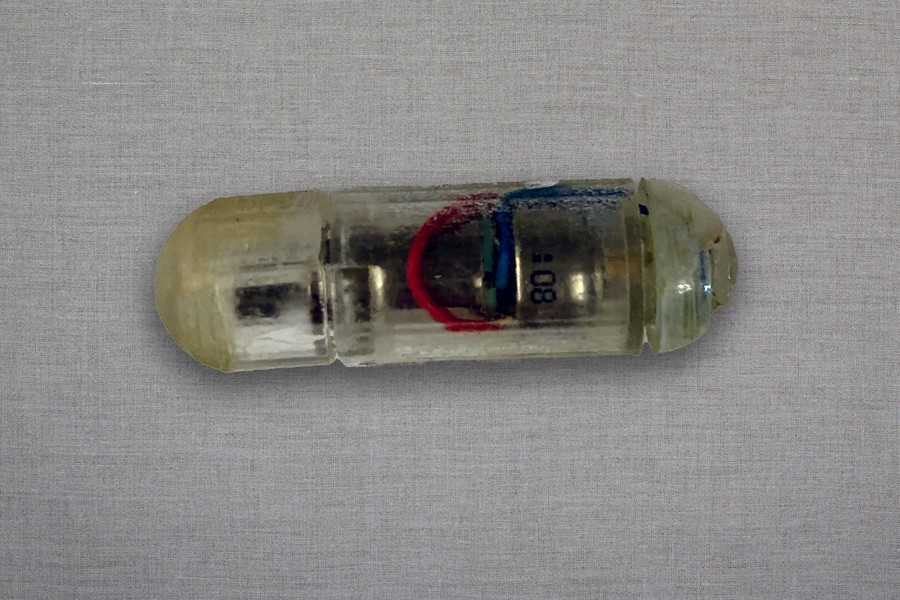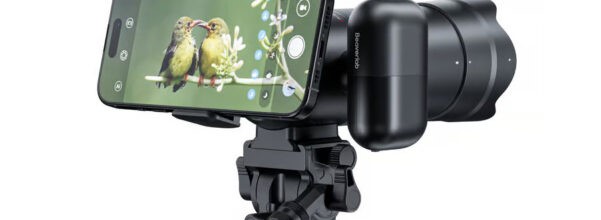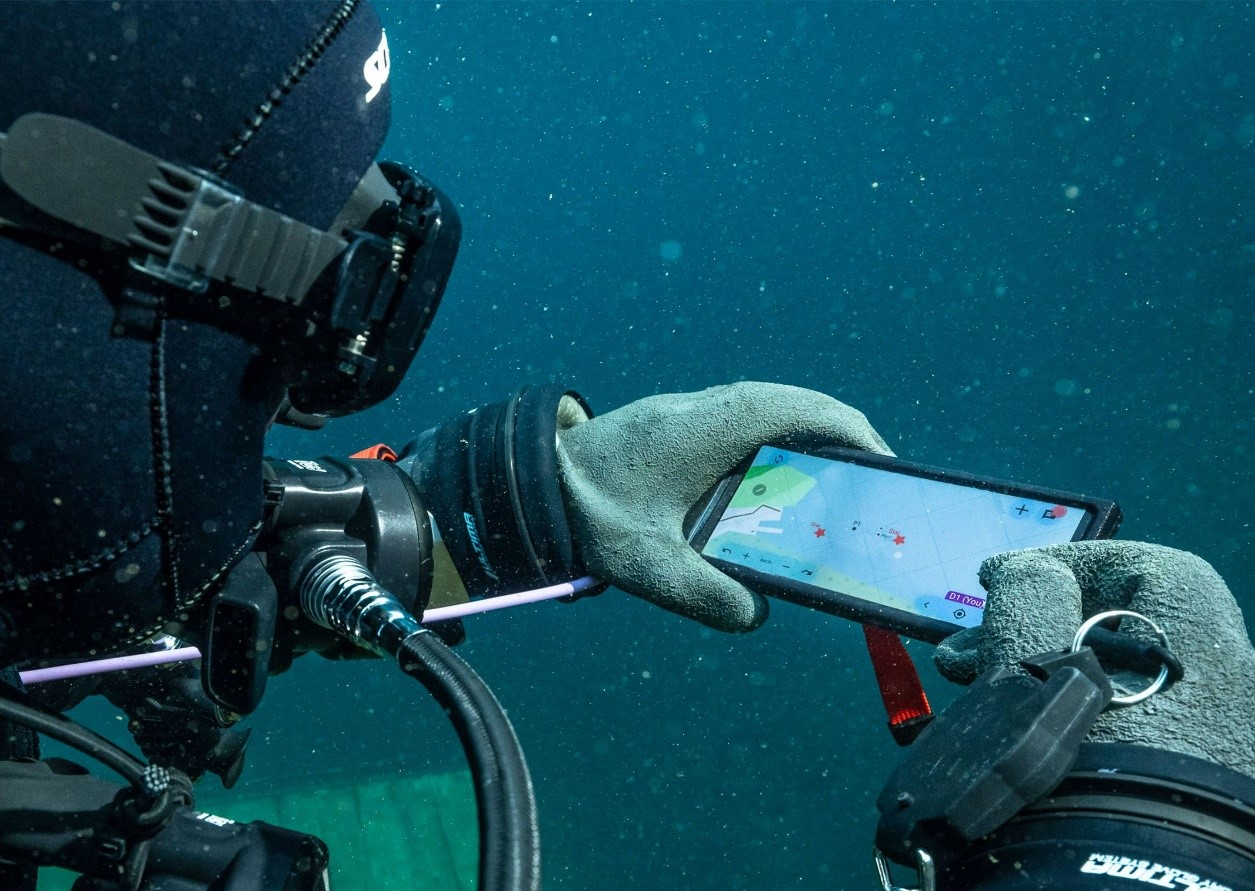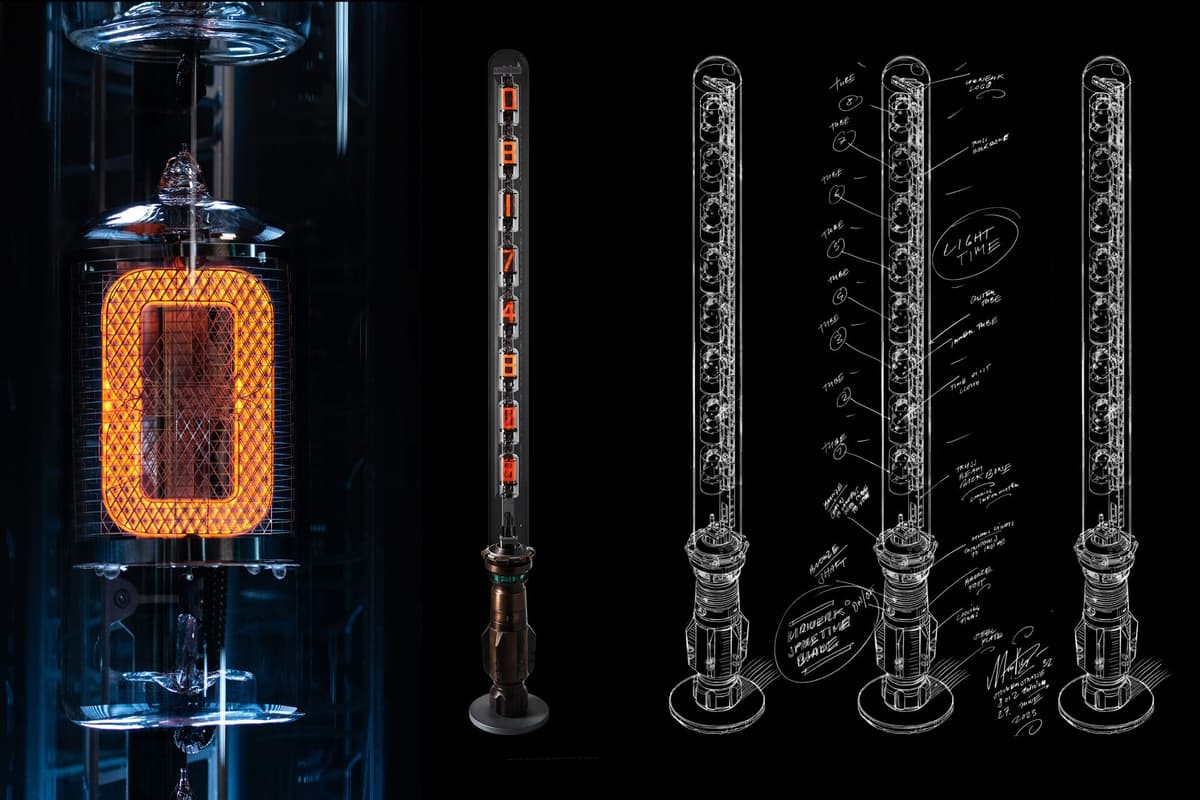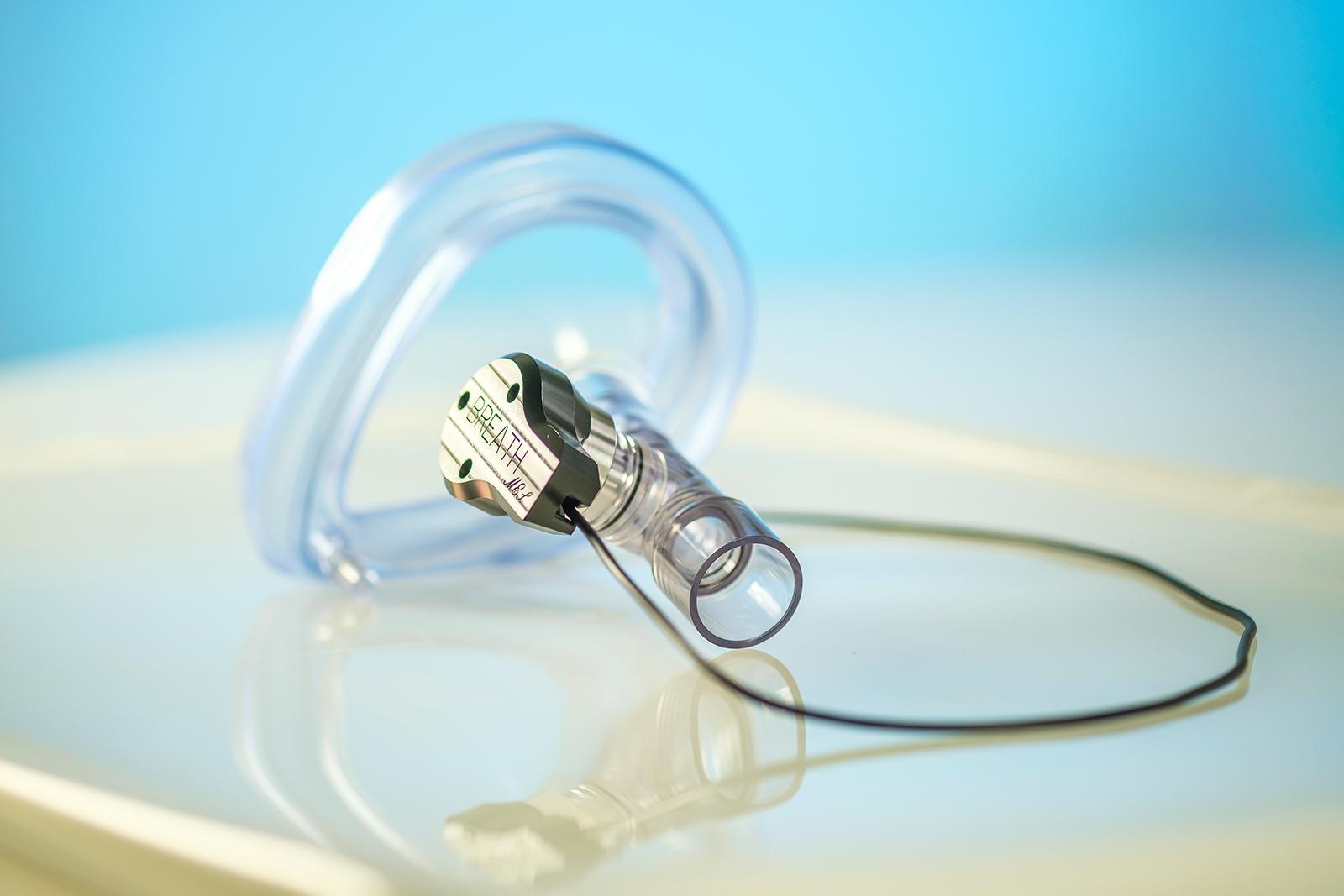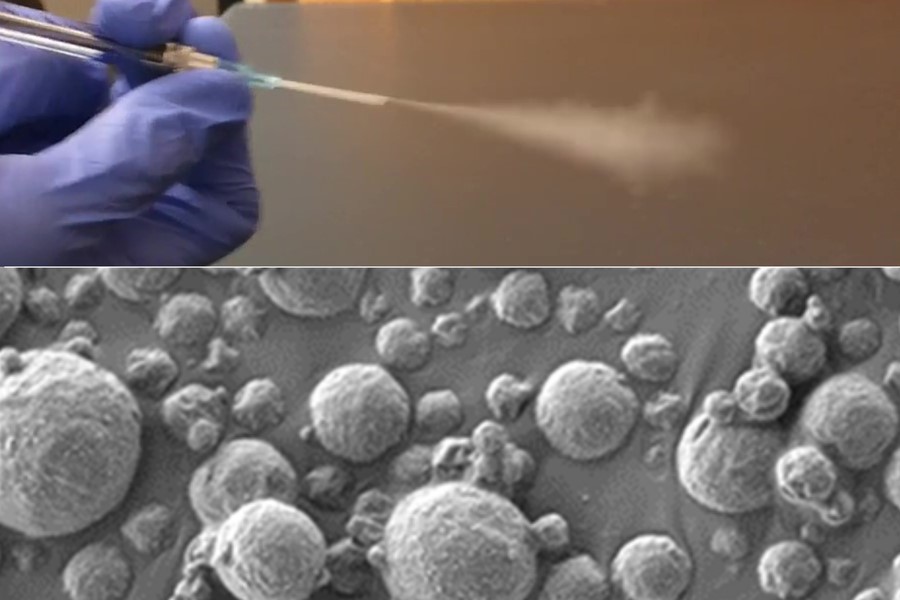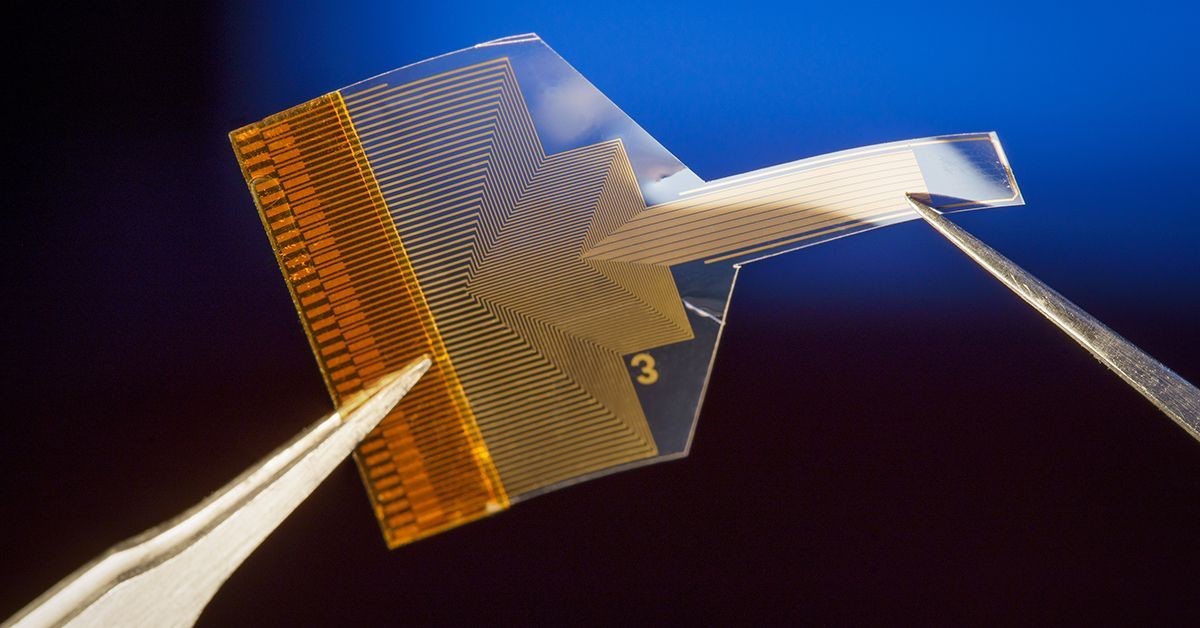Revolutionizing Stroke Rehabilitation: URI's Innovative Robotic Platform
Each year, around 800,000 new stroke cases are reported in the United States, leaving patients grappling with neurological and physical challenges, particularly in arm and hand mobility. Recognizing the critical need for effective rehabilitation, a groundbreaking robotic platform, developed at the University of Rhode Island, is making strides in assisting post-stroke patients in reclaiming vital motor skills. This collaborative effort, led by Mariusz Furmanek, assistant professor of physical therapy, in conjunction with engineering professors Reza Abiri and Yalda Shahriari, introduces a cutting-edge assistive planar robot that leverages both brainwaves and muscle activity for a comprehensive rehabilitation approach.
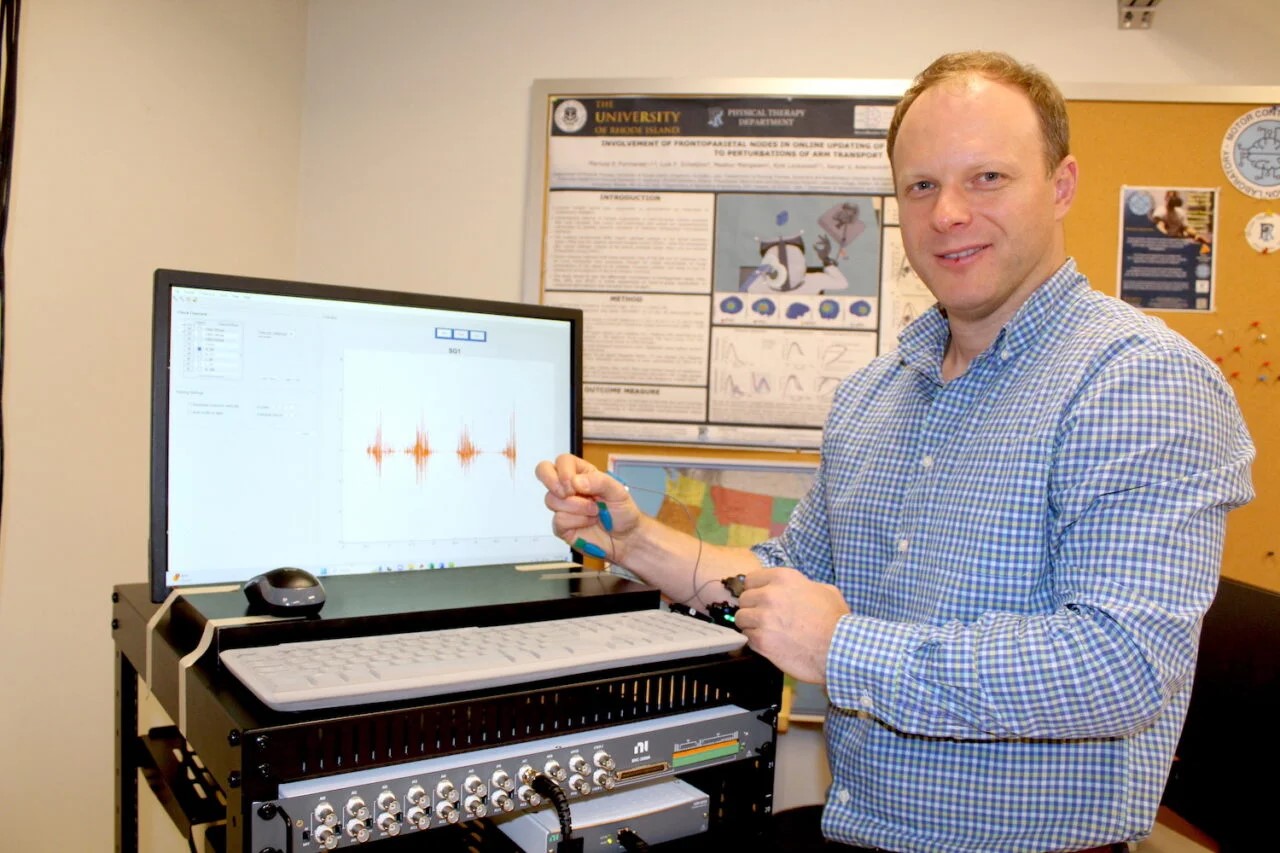
Figure 1. Proposed Method. (Credit: URI)
Figure 1 shows URI Physical Therapy Professor Mariusz Furmanek demonstrates the cutting-edge closed-loop feedback system to monitor the muscle and brain activity used to help post-stroke patients.
Innovative Technology
The assistive planar robot integrates a sophisticated closed-loop feedback system, actively monitoring user muscle and brain activity to dynamically trigger the execution of complex tasks such as reaching and grasping objects. Unlike traditional methods, this novel approach tailors rehabilitation to each individual through user-generated feedback. The project, supported by a $460,000 grant from the National Science Foundation’s Disability and Rehabilitation Engineering program, aims to demonstrate the efficacy of affordable, independent solutions for upper-extremity motor function rehabilitation.
User-Centered Approach
The significance of this project extends beyond technological innovation; it addresses the immediate needs of post-stroke patients. By accelerating recovery and promoting neural plasticity, the robotic device enhances the brain's capacity to adapt and grow, laying the foundation for improved long-term outcomes. The user-friendly wearable exoskeleton, designed for adaptive assistance, enables patients to access occupational therapy in the comfort of their homes. This shift from clinical settings to home-based rehabilitation fosters integration into daily life, providing more opportunities for physical therapy.
Future Prospects
Collaborating with stroke specialist and Massachusetts General Hospital neurologist David Lin, the researchers envision broader applications for their technology. Beyond stroke rehabilitation, the adaptive robotic platform holds promise for patients with various neurological diseases. However, challenges persist in understanding the intricacies of the brain, making neuroscience an ongoing frontier with numerous questions awaiting answers.
The University of Rhode Island's Motor Control and Rehabilitation Lab's initiative represents a transformative journey in stroke rehabilitation. Through cutting-edge technology, the team seeks to overcome barriers, accelerate recovery, and advance the understanding of post-stroke upper arm extremity rehabilitation. As technology continues to evolve, the potential for enhancing the lives of individuals affected by neurological conditions becomes increasingly promising.
Source: University of Rhode Island
Cite this article:
Hana M (2024), Revolutionizing Stroke Rehabilitation: URI's Innovative Robotic Platform, AnaTechMaz, pp. 253


